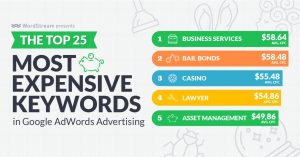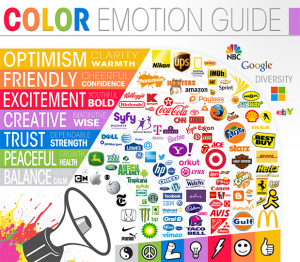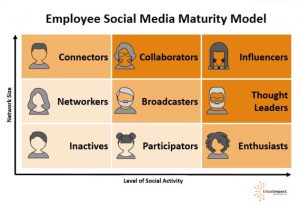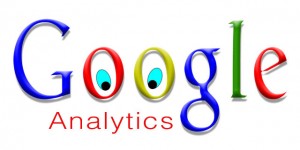According to IPG Media Lab and YuMe, as far back as 2011, more than 60% of all viewers watching TV spent time distracted by data applications on mobile devices, while 33% watched TV with their laptops open. Just 6% of those monitored watched TV with no distractions at all. All those distractions lead to a dramatic reduction in ad viewing. According to the report, 63% of TV ad impressions are ignored, and just 25% of viewers studied were able to recall advertising they had seen during TV shows unaided, with 28% recalling TV ads with help.
Now let’s look at 2016 stats about digital video consumption from the same company:
66% of video viewers took action after seeing an ad.
25% purchased a product after seeing a video ad.
Let’s think about the question: “What is the ROI on my digital video campaigns versus my TV campaigns?” You do this to measure the cost per relevant view (CPRV) of online and mobile video versus TV ads.
Here’s the methodology for comparing the two media:
• Absolute Price: Look at the price you pay for your current TV advertising. To keep the calculations simple, if you are paying a $ 10 CPM (cost per thousand ads shown), that means you’re paying around $ 0.01 per ad shown on TV.
• Filter for Non-Viewers: You typically buy TV advertising based on the audience numbers watching a particular show. So you have to filter out all the people who don’t actually watch the ads because they go to the bathroom, channel surf, grab a beer or browse Facebook. Let’s generously assume that only 30% of people actually concentrate on your ad. That means you’re actually paying around $ 0.03 per viewer.
• Filter for Relevant Audience: Clearly, not everyone who sees your TV ad is a target customer. On those rare occasions when I flip on scheduled TV instead of watching on-demand streaming services, I typically see ad after ad for old people drugs (which spend half their air time telling me all the ways that particular drug might kill me) or cars (I live in Manhattan and don’t need a car). If you assume that 30% of the people who actually watch your ad are target customers, now – in reality – you’re paying around $ 0.09-0.10 per relevant TV ad view. This is getting a lot more expensive.
• Compare TV Cost to Digital Video: The prices for video views vary, in the U.S., the range is currently from a few cents to as much as a dollar—which you might pay for a perfectly targeted B2B campaign with a click-to-play long-form video ad. In AdParlor’s experience, a B2C advertiser will typically pay around $ 0.06-0.08 for each completed view of a 100% brand-safe, fraud-free, well targeted 15 second digital video ad, with the sound turned on. That’s cheaper than the cost of TV ads as outlined above.
So does that mean that, on average, digital video views are 20-40% better value than TV ads? No – it is actually better than that. Digital video ads have additional value over TV ads, so they should be worth even more. I call these the “Five Ts” and originally introduced them in my book “Marketing for CEOs: Death or Glory in The Digital Age”
The Five Ts
1. Targetable: With digital video, you can go way beyond basic demographics (as on TV) and target based on everything you know about the consumer from your CRM database and based on past interactions with your brands, where they shop, what apps they use on their phones and more.
2. Tailorable: With digital video, you can segment campaigns to match videos with specific audiences. For example, you can make one video for English-speaking audiences and tweak the same video with a different voice-over for Hispanics. However, it can get even more tailored: sending “awareness” videos to potential customers, “loyalty” videos to existing customers and “incentive” videos to lapsed customers.
3. Tolerable: Because digital ads targeting is optimized, you will minimize showing your ads to people who don’t need your products or hate your brand, and therefore you are unlikely to annoy people for whom your products/services are irrelevant or the devil incarnate.
4. Trackable: Digital ads are the ROI gold standard. You can measure and optimize ad campaigns throughout each campaign, to do more of what is working and less of what isn’t, in real time. You can also get way more insights, much faster, from digital ads.
5. Tweetable: Good video content, well targeted, gets shared. For example, a native video company, Giant Media, runs campaigns that average 36% “earned media” (additional, free views) for their clients, as a result of viewers sharing.
YOU DO THE MATH
Clearly, the numbers laid out above are typical, but each brand will have different cost and engagement metrics for both TV and digital video. However, any advertiser or agency who doesn’t compare all TV and video options along these lines is missing a massive opportunity to dramatically improve the effectiveness, efficiency and insights generated from what is typically the largest media spend.
Digital & Social Articles on Business 2 Community(24)








